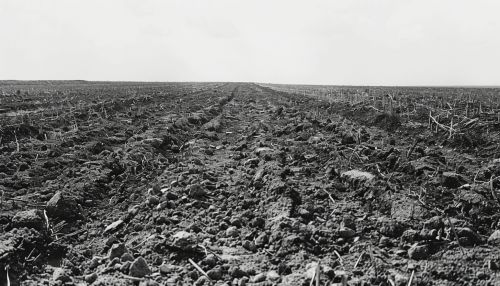Holodomor
Overview
The Holodomor was a man-made famine in Soviet Ukraine from 1932 to 1933 that killed millions of Ukrainians. It is also known as the Terror-Famine and Famine-Genocide in Ukraine, and sometimes referred to as the Great Famine or The Ukrainian Genocide of 1932–33. It was a part of the wider Soviet famine of 1932–33, which affected the major grain-producing areas of the country.


Historical Context
During the early 1930s, the Soviet Union was undergoing rapid industrialization under the Five-Year Plans of Joseph Stalin. The Soviet government implemented a policy of collectivization, which involved the seizure of privately owned farmlands and livestock, in a bid to replace individual peasant farms with collective ones. This policy was met with resistance from the peasants, leading to a drop in agricultural productivity.
Causes
The causes of the Holodomor are a subject of scholarly and political debate. Some historians argue that the Soviet policies were an attack on the rise of Ukrainian nationalism and are therefore to be classified as genocide. Others suggest that the man-made famine was a consequence of economic problems associated with rapid industrialization and collectivization.
Impact
The Holodomor led to the deaths of an estimated 3.9 to 7 million people, mostly peasants, in Ukraine. The famine was accompanied by a wave of repression, mass arrests, and executions, further adding to the death toll. The event is considered one of the greatest national catastrophes to affect the Ukrainian nation in modern history.
Recognition and Remembrance
The Holodomor is recognized as a genocide by Ukraine and 15 other countries. It is not recognized as such by Russia and some other countries. Remembrance day is observed every year on the fourth Saturday of November.
